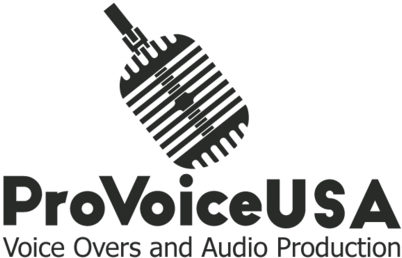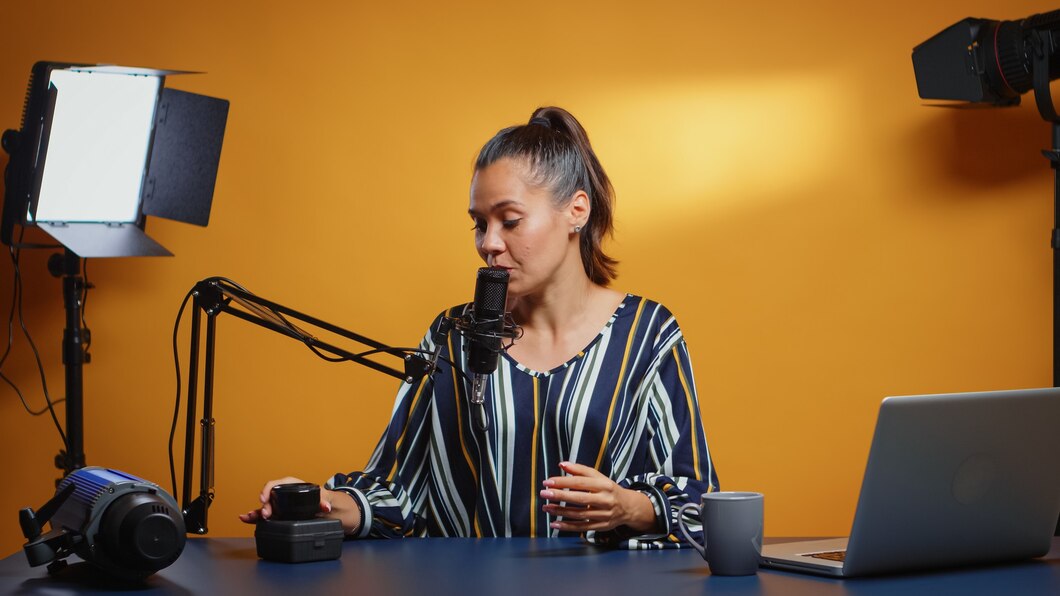In today’s competitive market, the power of voice cannot be underestimated. Whether it’s a captivating commercial, an engaging explainer video, or an informative e-learning module, the voice behind the message plays a vital role in capturing the audience’s attention and conveying the desired message effectively. In this blog post, we’ll explore the world of professional […]
Category Archives: Uncategorized
The time a caller spends on wait can be a useful opportunity in the ever-changing world of customer interaction. Businesses may now use on hold messages to strategically and engagingly use this otherwise wasted time. The significance of selecting the best on-hold message service is explored in detail in this article, along with how it […]
Developing On Hold Voiceover Copy On hold voiceover copy should include elements like branding, product information, current or upcoming promotions, holiday hours and business location. Each element of the on hold voiceover copy should be recorded independently. This allows for separation between messages. In between messages the on hold service can play music or even […]
Voice Actors or VAs (sometimes also called Voice overs and Voice talents) are a versatile lot. You hear them virtually everywhere: in TV shows and commercials, on the radio, in Public Service Announcements, on phone-based IVR messages, in instructional and educational software, video games, and even in documentaries. Voice Acting is a fun and challenging […]
To music or not to music on your IVR/On Hold message We do a LOT of IVR messages, on hold, voicemail, marketing messages, you name it. A lot of times people will ask us if we recommend music on their phone messages. We have kind of come up with a formula of which messages 1) […]
Getting into the voice over industry is challenging. It’s as competitive as any other acting career, sometimes more so, and you have to have a thorough control of your voice to succeed. Here are some tips from ProVoiceUSA for enhancing your skills and launching your career. Know Your Voice In the past, voice over work […]
For voice overs, the TLM 103 is a ‘Really Good Mic’. Nothing spectacular, but a very good mix of frequency response and saturation to give the voice over a nice neutral sound. I sold my TLM before I got the Apollo. Once I got the Apollo, I wanted to hear how a TLM […]
Honestly, I didn’t really expect or need the Apollo Twin to work well for voiceover work. I have invested thousands of dollars on a rack of gear I have fine-tuned over the years for my preferred voiceover style. I didn’t want to think that anyone could just get a UA Apollo Twin and have great […]
If you’re planning to commission a voice over video for your company, there are a lot of different things to consider before going to production. Some of the most important elements include: The Purpose. A voice over video can be an extremely effective sales tool in a lot of cases, but there are times that […]
I am always on the quest to find the next great piece of voice over audio gear. Not that I need it, just never know what I’m missing. A couple of days ago I did a ‘why the hell not’ purchase of a new USB audio interface after hearing a fellow VO friend mention […]
- 1
- 2





